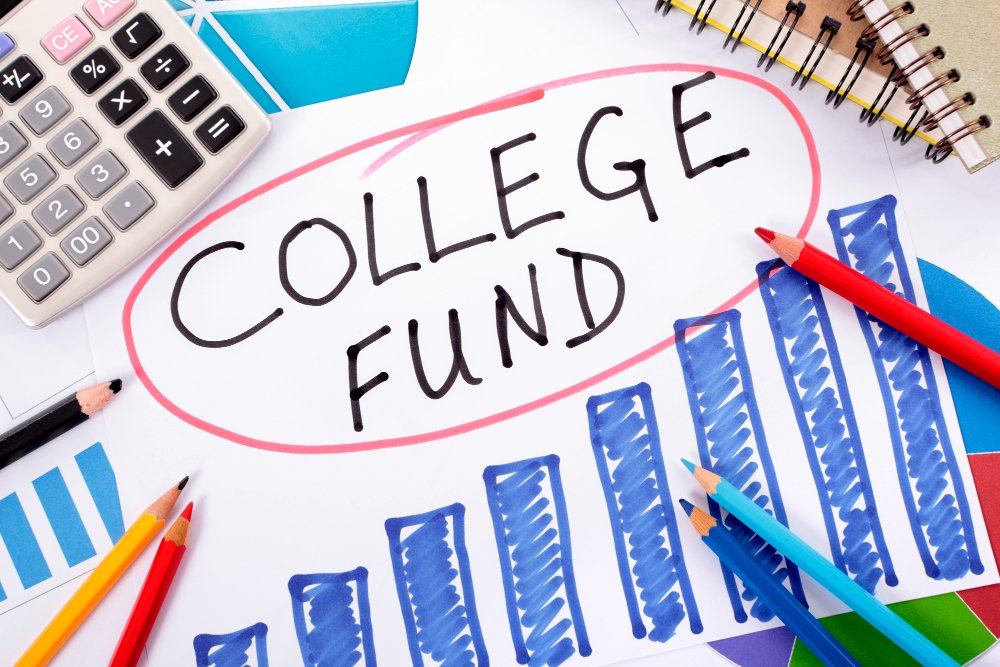Unveiling Options for Student Loans And Mortgages
Loan Forgiveness Magic: Unveiling Options for Student Loans & Mortgages
The burden of student loan and mortgage debt can feel like a never-ending spell. You make payments, but the numbers seem to stay stubbornly high. Fear not, weary borrower! While there’s no literal magic wand to vanish your debts, there are legitimate loan forgiveness programs in the US designed to offer relief under specific circumstances. This blog delves into the world of student loan and mortgage forgiveness, unveiling the programs, eligibility requirements, and application processes.
The Truth About Loan Forgiveness: Not Quite Fairy Dust
Before we dive in, it’s important to manage expectations. Loan forgiveness isn’t a quick fix or a guaranteed escape route. Each program has specific requirements, and qualifying can be a challenge. However, with the right information and a proactive approach, you can significantly reduce your debt burden.
Student Loan Forgiveness: Shining a Light on Relief Options
Student loans are a major source of financial stress for many Americans. Here are some of the main programs that offer forgiveness for qualified borrowers:
- Public Service Loan Forgiveness (PSLF): This program forgives the remaining balance of your federal direct loans after you’ve made 120 qualifying monthly payments while working full-time for a qualifying public service employer. Qualifying employers include government agencies, public schools and colleges, and non-profit organizations. The key is ensuring your employer qualifies and that your repayment plan is income-driven (more on those later). There have been recent improvements to PSLF, so even if payments were previously rejected, it’s worth revisiting the program. (https://studentaid.gov/pslf/)
- Teacher Loan Forgiveness: Educators who work full-time for five consecutive years in low-income elementary or secondary schools can qualify for forgiveness of up to $17,500 on their federal direct Stafford loans. There are additional requirements for subject areas with critical needs. (https://studentaid.gov/manage-loans/forgiveness-cancellation/teacher)
- Income-Driven Repayment (IDR) Plans: These plans can be a stepping stone towards forgiveness. IDR plans set your monthly payment amount based on your income and family size. After 20 or 25 years of on-time payments under a qualifying IDR plan, the remaining balance of your federal student loans may be forgiven. Keep in mind that any forgiven amount is considered taxable income. (https://studentaid.gov/manage-loans/repayment/plans/income-driven)
- Federal Loan Discharge: Under certain circumstances, such as school closure, disability, or public service death, the Department of Education may discharge all or a portion of your federal student loans. The requirements are specific, so careful research is necessary. (https://studentaid.gov/manage-loans/forgiveness-cancellation/debt-relief-info)

General Eligibility Requirements for Student Loan Forgiveness:
- You must have borrowed federal direct loans (private loans don’t qualify).
- You must be in good standing on your repayment plan (no defaults).
- You may need to meet specific employment requirements (e.g., PSLF).
- There may be income limitations for some programs.
Application Process for Student Loan Forgiveness:
The application process varies depending on the program. Here’s a general breakdown:
- Research the program: Carefully review the program’s eligibility requirements and application process.
- Gather documentation: You may need proof of employment, income, and loan history.
- Complete the application: Most programs have online applications, but some may require paper forms.
- Submit your application: Allow ample processing time and track your application status.
Additional Tips for Student Loan Forgiveness:
- Consolidate your loans: If you have multiple federal loans, consolidating them can simplify the forgiveness process.
- Stay informed: Loan forgiveness programs can change, so stay updated on program developments.
- Seek help: Don’t hesitate to contact your loan servicer or a financial advisor for personalized guidance.
Mortgage Loan Forgiveness: A Glimpse into Potential Options
While there are no widespread federal mortgage forgiveness programs, some options exist for specific scenarios:
- Teacher Forgiveness Programs: A few states offer programs that forgive a portion of a teacher’s mortgage debt in exchange for a commitment to teach in underserved areas.
- Loan Rehabilitation Programs: The Department of Housing and Urban Development (HUD) offers programs to help homeowners who are delinquent on their mortgages. Successfully completing a rehabilitation program can lead to a loan modification or refinance, offering more manageable payments.
- Foreclosure Alternatives: While not technically forgiveness, some lenders may offer alternatives to foreclosure, such as a deed-in-lieu of foreclosure. In this scenario, you transfer the ownership of your home to the lender in exchange for discharging the mortgage debt. This approach can help avoid the negative credit score impact of foreclosure.

Private Mortgage Forgiveness:
Private lenders may, in some cases, offer forgiveness on a case-by-case basis. This might happen if the property value has significantly declined, making a short sale (selling the property for less than the loan amount) unattractive for the lender. It’s important to negotiate with your lender directly to explore such possibilities.
General Considerations for Mortgage Loan Relief:
- Financial hardship: Demonstrating financial hardship can be key in exploring loan relief options.
- Loan type: Government-backed mortgages (FHA, VA, USDA) may have more options for relief compared to conventional loans.
- Negotiation: Be prepared to negotiate with your lender to find a solution that works for both parties.
Seeking Help with Mortgage Loan Issues:
- HUD Housing Counseling: The Department of Housing and Urban Development (HUD) offers free or low-cost housing counseling through a network of approved agencies. These counselors can provide guidance on navigating loan difficulties and exploring potential relief options. (https://www.hud.gov/program_offices/housing/nationally_hud_approved_housing_counseling_agenciesdirectory)
- Non-profit organizations: Several non-profit organizations specialize in helping homeowners facing foreclosure. These organizations can offer legal aid, negotiation assistance, and explore loan modification possibilities.
Important Caveats and Considerations
- Tax Implications: Forgiven student loan debt is considered taxable income. This means you may owe taxes on the amount forgiven.
- Impact on Credit Score: While loan forgiveness can be a relief, it may have a temporary negative impact on your credit score. This is because your credit report will reflect a closed loan account with a zero balance, which can affect certain credit scoring models.
- Not a Guaranteed Solution: Qualifying for loan forgiveness programs can be challenging. It’s important to explore all your options and have a backup plan in case you don’t qualify.
Conclusion
Loan forgiveness programs can be a valuable tool for managing student loan and mortgage debt. However, they aren’t a magic solution. Carefully research eligibility requirements, explore all your options, and seek professional guidance if needed. Remember, with a proactive approach and the right information, you can navigate your debt journey and achieve financial peace of mind.